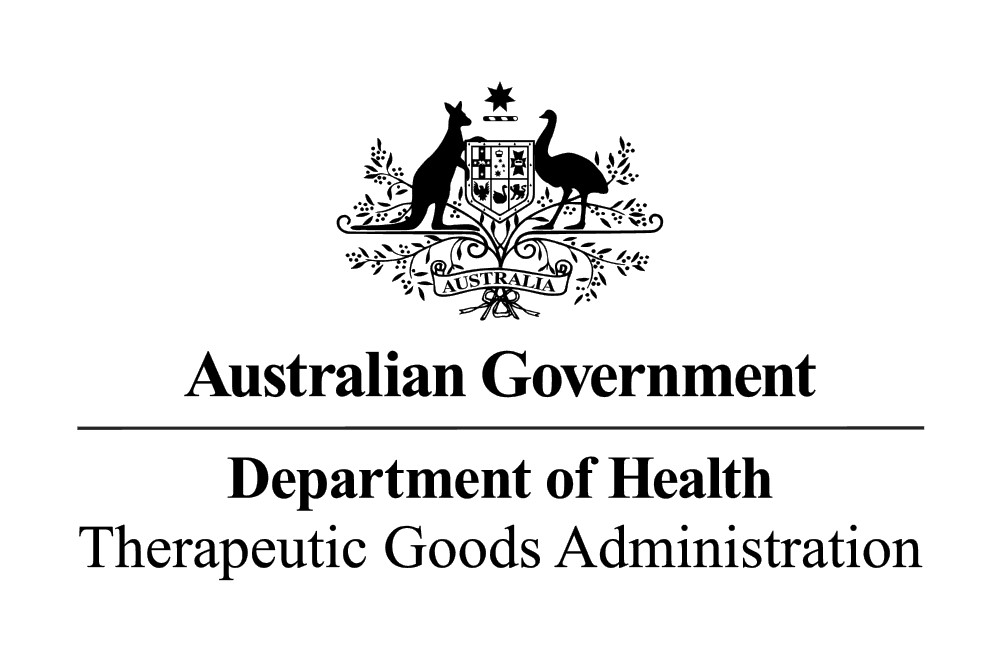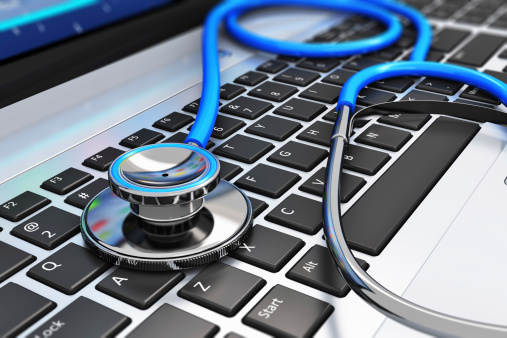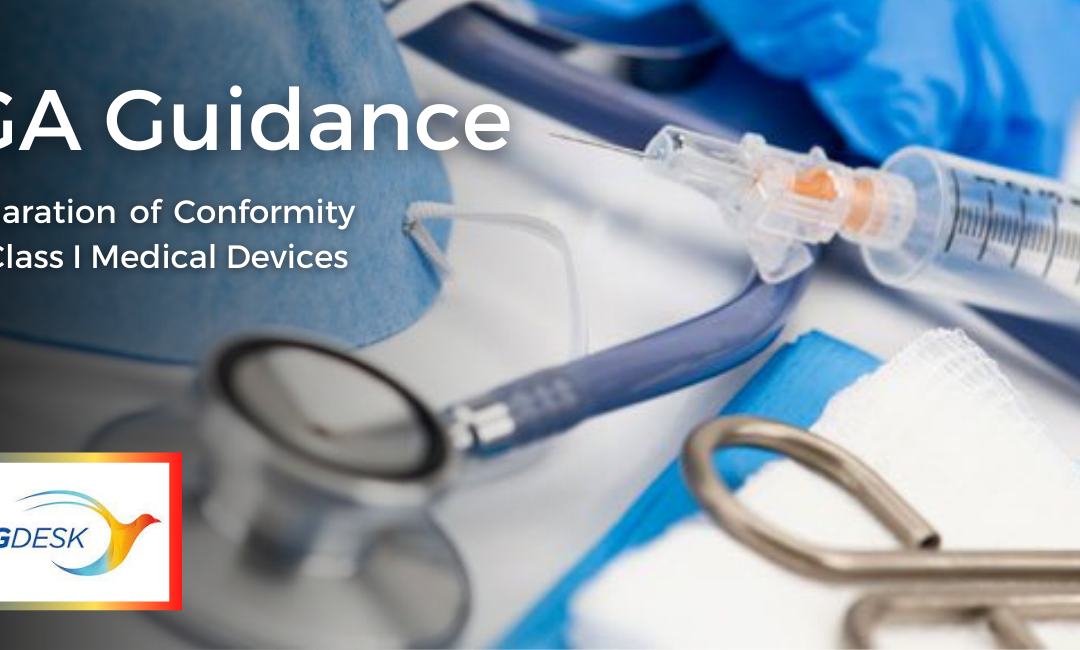The Therapeutic Goods Administration(TGA), the Australian regulating authority in the sphere of medical devices, has published guidance describing specific aspects related to the Declaration of Conformity for certain low-risk medical devices.
In particular, the scope of the guidance covers:
– Class I non-sterile non-measuring,
– Class 1 in vitro diagnostic (IVD) medical devices,
– Class I medical devices (export only), and
– Class 1 IVD medical devices (export only).

The document is intended to provide medical device manufacturers with recommendations to consider when preparing the Declaration of Conformity. The provisions thereof could also be useful for other parties involved to assess compliance of Declarations of Conformity with which they are provided.
The provisions of the present guidelines are not binding in their nature, so in the case of any discrepancies with the relevant provisions of the Australian legislation, the latter should prevail. The authority also reserves the right to make changes to the recommendations provided if deemed reasonably necessary to reflect the appropriate changes to the medical device regulatory framework.
Regulatory Background
According to the current legislation, any and all medical devices intended to be marketed and used in Australia should be included in the Australian Register of Therapeutic Goods (ARTG), the country’s register containing information about all healthcare products subject to regulation. The scope of information to be provided by the applicant depends on the class of the medical device in question under the Australian medical device classification system. When applying for inclusion in the ARTG of a low-risk medical device, an interested party (a sponsor) shall include in the submission such documents as a Declaration of Conformity, which should be provided by the medical device manufacturer in order to demonstrate that the medical device in question complies with the applicable regulatory requirements, including the Essential Principles. It could also be used to confirm that the classification of a medical device is correct and all conformity procedures required under the current regulation are in place.
As stated by the TGA, the Declaration of Conformity should initially be prepared and later maintained and updated by the medical device manufacturer. If a product is being marketed in several jurisdictions simultaneously, the manufacturer shall have the appropriate versions of the Declaration of Conformity, which comply with the country-specific regulatory requirements.
In general, the regulatory requirements the declaration of conformity shall comply with are set forth by:
- The Therapeutic Goods Act 1989,
- The Therapeutic Goods (Medical Devices) Regulations 2002,
- The Therapeutic Goods Regulations 1990.
To apply for the inclusion of a low-risk medical device in the ARTG, the manufacturer shall provide the sponsor with the signed Declaration of Conformity. It may also include information on several medical devices covered by the scope of a single submission. The language used should be English.
In order to assist medical device manufacturers in preparing the declarations of conformity, the TGA also provides the appropriate templates to be used for certain specific types of devices.

Completing the Declaration of Conformity
Apart from describing the general principles, the present document also provides detailed recommendations on completing the Declaration of Conformity in terms of the scope and format of information to be included therein.
1. Information about the manufacturer. First, the Declaration of Conformity shall contain the manufacturer’s name – it should be the same name indicated in the labeling of the device and in the application submitted by the sponsor. Additionally, it is necessary to indicate a valid business address of the manufacturer. As in the case with the name, the address indicated in all the documents should match.
2. Classification. The manufacturer is responsible for assigning the medical device to the appropriate class under the risk-based classification. However, if the TGA disagrees with the classification determined by the manufacturer, the position of the authority shall prevail.
3. GMDN code. Australia employs the Global Medical Device Nomenclature (GMDN) codes and terms in order to distinguish medical devices of different kinds. This simplifies references to medical devices by creating a harmonized approach. The manufacturer shall indicate the GMDN code it finds as appropriate.
4. Applicable standards. In order to demonstrate compliance of a medical device in question with the Essential Principles in terms of safety and performance, the manufacturer may also include references to the applicable standards upon which the manufacturing process is based. For this purpose, the manufacturer may refer to International Standards (ISO), Australian Standards (AS), Conformity Assessment Standard Orders (CASO), Medical Device Standard Orders (MDSO). However, the use of standards is voluntary.
5. Name of the medical device. In the case of a low-risk medical device, the name indicated should be the general name for a kind of medical device. Should a future submission include multiple medical devices, they should all be indicated in the Declaration of Conformity. The same applies to the systems or procedure packs. In such a case, it is also necessary to provide information about all components thereof. If some of them are already included in the ARTG as separate products, the appropriate ARTG numbers should be provided.
6. Essential Principles. As mentioned, the Declaration of Conformity would be used to demonstrate that the medical device in question complies with the essential principles. Therefore, all applicable essential principles should be listed therein, together with the confirmation of compliance with them.
7. Technical documentation. In order to assess the safety and performance of a medical device subject to inclusion in the ARTG, the regulating authority may need the appropriate technical documentation. It is also important to mention that the authority can request additional technical documentation when reasonably necessary to complete the assessment. The information the authority may request includes the details of each manufacturing site, a general description of the device and any variants, diagrams and drawings of the design of the device including any components, documentation demonstrating compliance with the applicable Essential Principles, results of any design calculations, risk analyses, investigations, etc., clinical evidence, as well as the information intended to be supplied with the medical device, such as labelling, packaging, and instructions for use.
8. Post-market monitoring. The manufacturer shall also provide a detailed description of a post-market monitoring system implemented, including such aspects as periodical reviews, corrective actions, and reporting.
The authority emphasizes that it is strictly prohibited to include false information in the Declaration of Conformity. By signing the Declaration of Conformity, the manufacturer explicitly states that the medical device in question complies with the applicable regulatory requirements and Essential Principles indicated therein. The Declaration of Conformity could be signed only by the medical device manufacturer itself. The sponsor is allowed to sign the Declaration of Conformity only if it is the manufacturer as well.
In summary, the present TGA guidance clarifies the most important aspects related to the Declaration of Conformity – a document to be provided by the medical device manufacturer in order to demonstrate compliance of a medical device with the applicable requirements. The guidance describes the information to be included in the Declaration of Conformity and provides additional recommendations.
Sources:
https://www.tga.gov.au/resource/guidance-declaration-conformity
How Can RegDesk Help?
RegDesk is a next-generation web-based software for medical device and IVD companies. Our cutting-edge platform uses machine learning to provide regulatory intelligence, application preparation, submission, and approvals management globally. Our clients also have access to our network of over 4000 compliance experts worldwide to obtain verification on critical questions. Applications that normally take 6 months to prepare can now be prepared within 6 days using RegDesk Dash(TM). Global expansion has never been this simple.

